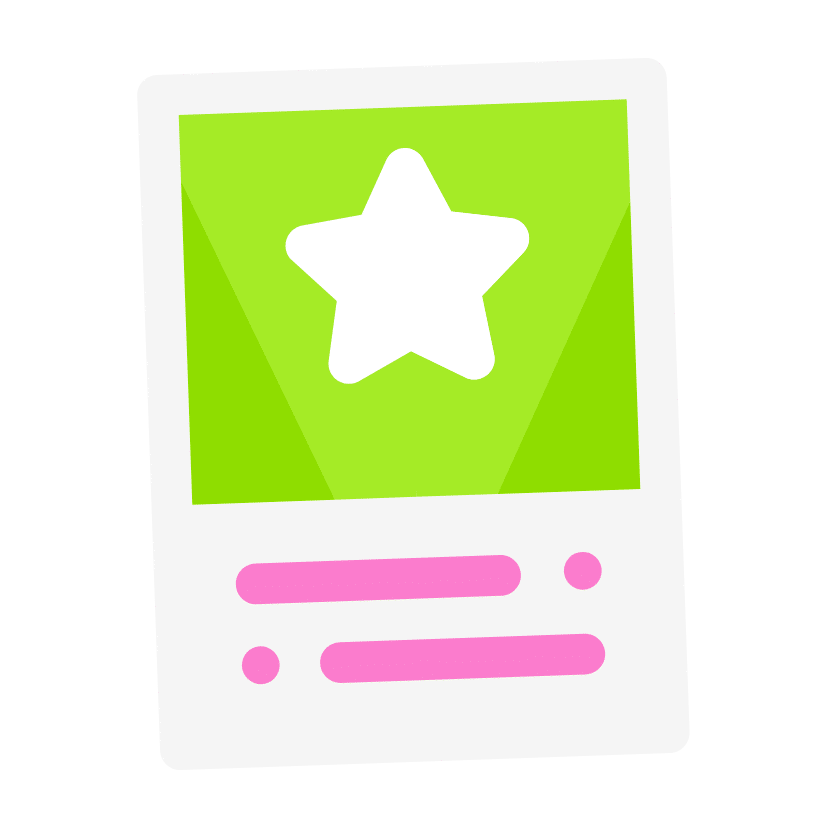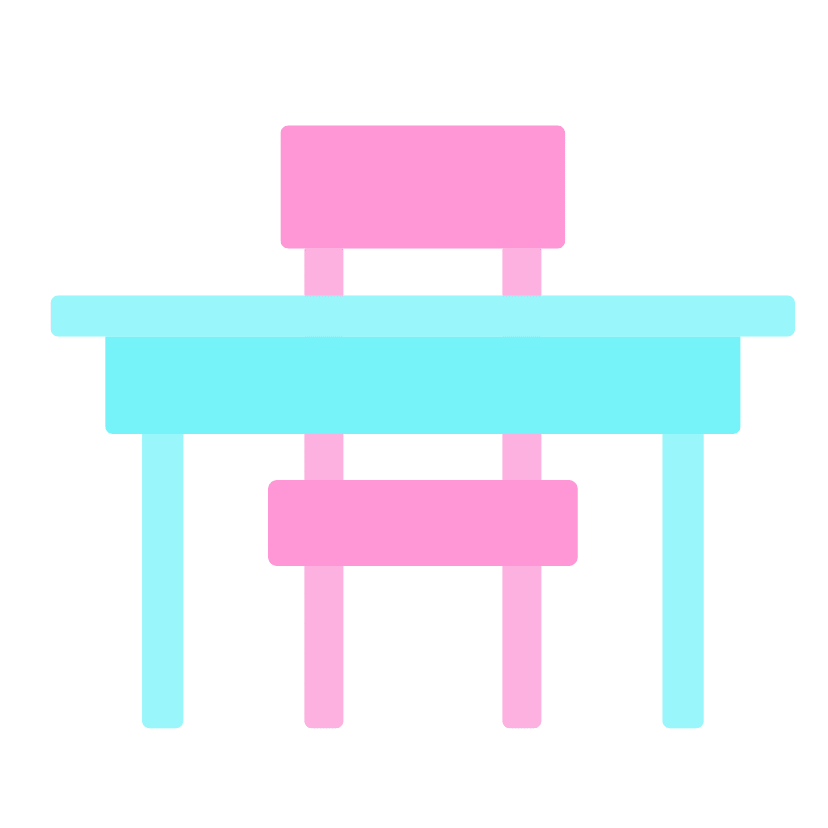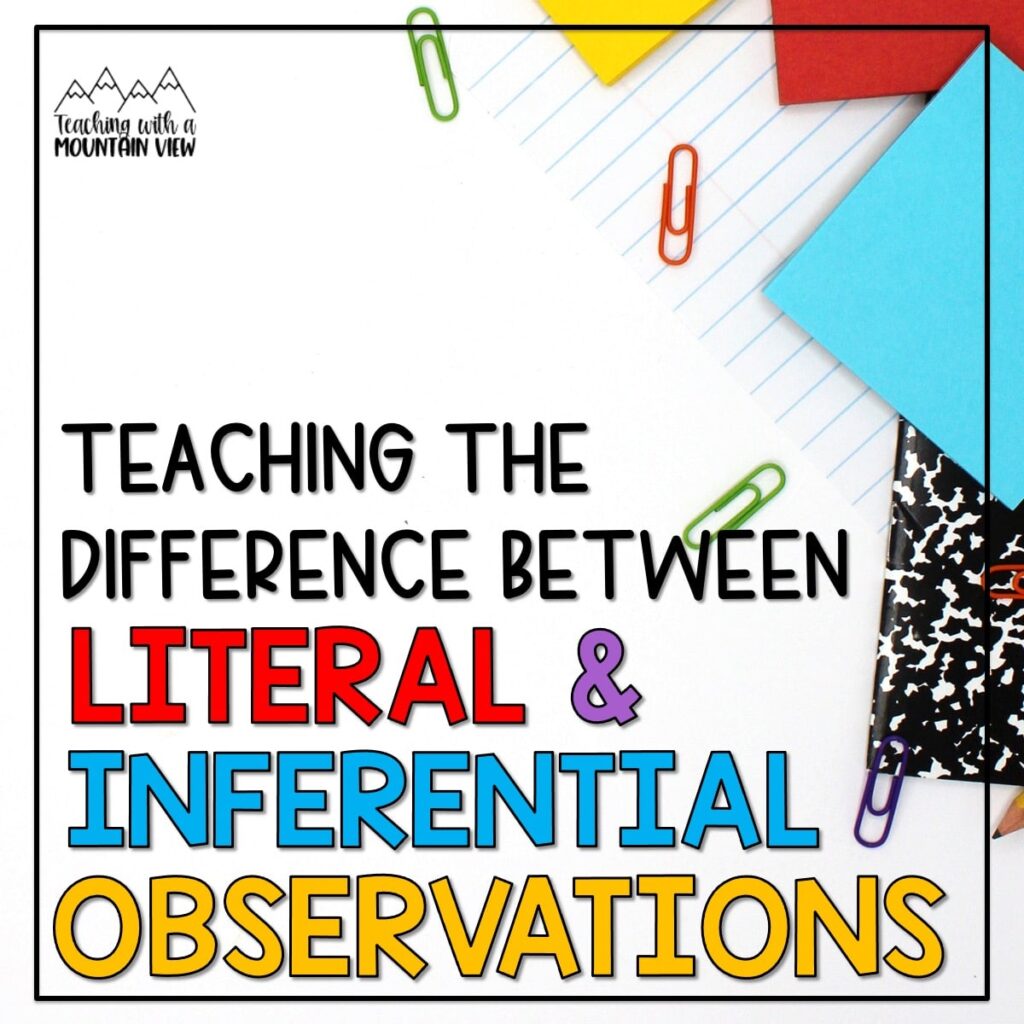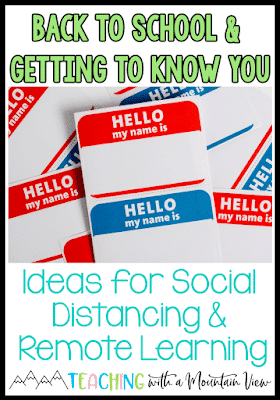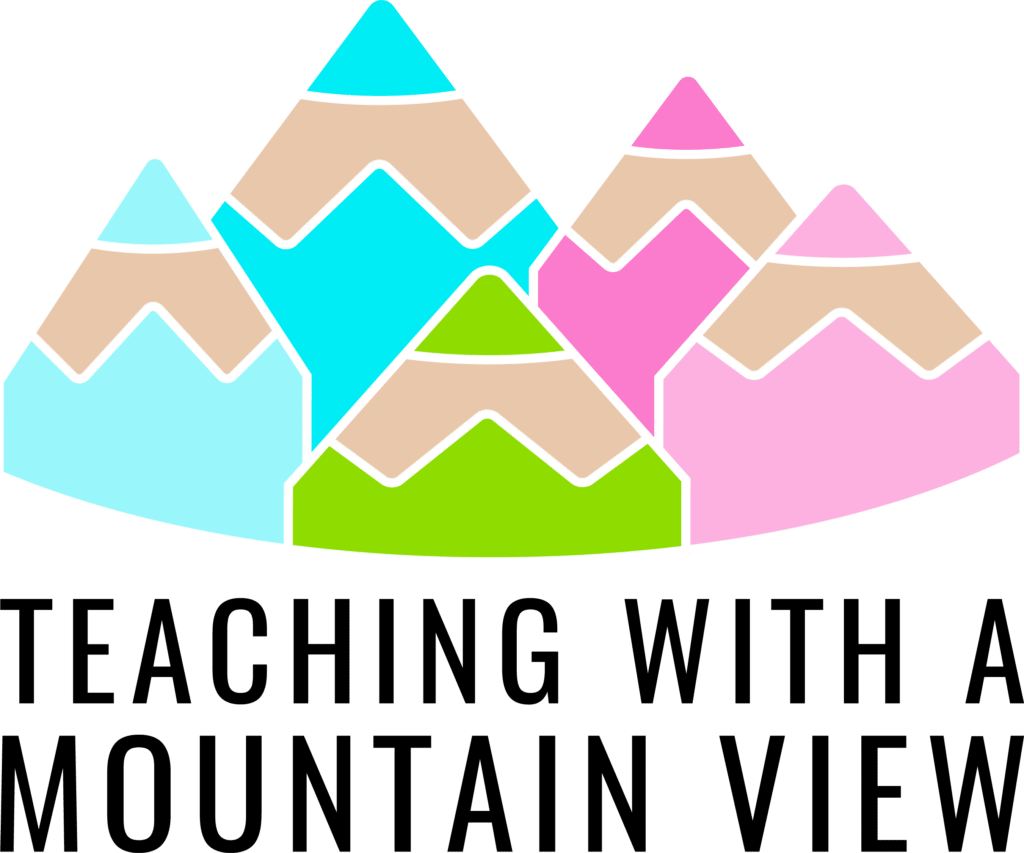6 Creative Ways to Build Community Connections Beyond the Classroom
By Mary Montero
Share This Post:

Building a strong sense of community within our classroom is something we all strive to do as teachers. Shared experiences, teamwork, and mutual support create the foundation for a year of success as a classroom family. But what happens when we take that sense of connection outside our classroom walls? When we intentionally broaden our students’ worlds with unique ways to build community connections, we create new opportunities for our students to see themselves as part of a larger community.
Building community connections outside our classroom, by allowing students to interact with authors, public leaders, community professionals, etc., makes learning more meaningful. These real-world connections add depth to classroom discussions, spark curiosity, and inspire students to explore new topics. Whether it’s hearing an author share about the creative writing process, exchanging postcards with students in another part of the world, or even attending a mystery Zoom with a special guest, these moments help students see how we’re all connected.
Extending community building beyond your classroom walls might seem like just one more thing to do in your already full planbook, but it doesn’t have to be an overwhelming addition! Selecting even one idea from this post can nurture students’ curiosity and connection. Here are six of my favorite ways to build community connections beyond the classroom.

1. Host Author Talks
Inviting an author into your classroom (whether in person or via Zoom) can be a memorable experience for your students. Hearing an author share about their creative writing process encourages students to better understand everything that goes into creating a book. When students hear how a favorite character came to life or how a rough draft slowly transformed into a published book, they begin to see literature more personally. It can also inspire students to spend more time on their own writing!
Tips for Hosting an Author Talk
- First, connect with local libraries and bookstores. Many already have connections to local authors, which makes it easier to coordinate a visit.
- You can also connect with other local schools to see if they’re interested in sharing a booking. Many authors like to book half days at two different locations.
- If in-person visits aren’t feasible, explore Zoom options. Many authors host super affordable Zoom sessions for schools, which expands your options.
- Once you’ve selected an author, it’s time to prep your students! Explore the author’s work and help your students prep thoughtful questions. For example: How does the author develop characters? How does the author overcome writer’s block?
- Many authors will also sign copies of their work at your school (or bring copies signed in advance to save time). If this is possible, collect orders and money in advance to make the process much easier.
- Finally, encourage students to write thank-you notes after the visit.
2. Organize Mystery Guests
If you’re looking for a fun way to bring a little mystery to your classroom, consider Myster Guests! Whether in person or via Zoom, Mystery Guests always bring excitement. Each visit kicks off with a game of 20 Questions where students try to guess the identity of their upcoming visitor based on yes/no questions and clues, if needed.
Mystery Guests encourage students to work together, use critical thinking skills, and broaden their horizons. When you invite guests from different communities, your students begin to see that the world is full of diversity.
Tips for Organizing Mystery Guests
- Start by reaching out to potential guests. Parents, the principal, community members (firefighters, librarians, city officials), etc. are all great options. You can also expand your reach to classrooms on the other side of the world, the sky is the limit!
- Work with your guest to create a set of clues about their identity. In addition to written clues and yes/no questions, you could also share props. Start with the most vague clues and then gradually get more specific.
- Before the visit, teach your students to ask meaningful questions. For example: What’s your favorite part about your job? What’s one way you help others? What is your favorite subject in school? What does school lunch look like at your school?
- The activities during the Mystery Guest’s visit can vary. Some guests might read a picture book, share a hobby, discuss their career, etc.
- After the visit, be sure to send thank you notes.
3. Join a Postcard Exchange
In a world of email, there’s just something special about handwritten mail. Consider joining a postcard exchange as a lower commitment than penpals. A postcard exchange allows students to share insights about their hometown, learn about other communities, and improve communication skills. The postcards themselves also make great mementos of the year!
These exchanges help students see beyond their classroom walls to discover what makes other places unique. Learning about other communities through the eyes of their peers can build cultural awareness, foster empathy, and show students just how diverse our world really is!
Tips for Joining a Postcard Exchange
- First, use teacher forums (like our FREE Inspired in Upper Elementary Facebook group) to connect with other teachers. Set a goal to find exchange partners from a variety of locations. For example, in our classroom we tried to receive a postcard from all 50 states. You could also expand your connections globally!
- Then, determine the logistics of the exchange. How many postcards does each class need to write? When do they need to be mailed? What content should be included?
- Work as a class to create drafts based on the required content. They might introduce themselves, share local trivia, etc. Writing postcards specifically is the perfect way to practice writing clear, concise messages.
- Once the notes are ready, you can buy local postcards or allow your students to design their own. Parents can donate postage and then notes are on their way.
- As the postcards arrive, read them together. Discuss what your students have learned about the other communities, compare traditions, landscapes, etc.
- Create a way to track and display the postcards. We hung a map in our hallway and used string to connect locations to postcards. This was the perfect way to let other classrooms be involved, too!
- You may also consider turning some of the other communities into Mystery Guests via Zoom!
4. Engage with Public Leaders
Connecting students with public leaders can help students learn what goes into shaping a local community. By writing letters to local leaders, inviting leaders to speak in your classroom, or even participating in civic projects, your students can learn about leadership, community impact, and the power of their voices.
When students engage with public leaders, they witness democracy in action. They can learn about how local decisions are made, how decisions affect the community, etc. Beyond civic education, interacting with public leaders might even inspire some of your students to explore leadership roles themselves. These interactions are more than just a social studies lesson… they show students what it takes to be an active member of their community!
Tips for Engaging with Public Leaders
- Start by helping your students identify local leaders they’re curious about. Encourage them to think about the mayor, city council leaders, their governor, state or federal representatives, and even the school board.
- Guide your students in the writing process to create thoughtful pieces that share their questions and perspectives. Your students might ask about the leader’s background experience, current work role, and even share ideas for change.
- Leaders are often happy to make a classroom visit, so your students can also invite them to speak.
- Your local leaders may also be interested in collaborating on a community event, like a donation drive or local park cleanup. These activities provide a way for students to pair hands-on experiences with community activism.
5. Create a Community Expert Day
A community expert day can be a job or hobby expo. Professionals from various fields will visit to share their expertise. For example, a local chef may share how they create recipes, or a local artist can share their creative process. A parent could share how to crochet or dribble a soccer ball. The experts can simply give presentations or run interactive activities.
These expos can show students how the skills their building now connect to real-world applications. Interacting with experts helps students see how the math problem they’re solving or the story their writing might be applied to a future career. Hearing directly from experts can motivate students to dream big, explore new fields they haven’t considered, or find a new hobby.
Tips for Creating a Community Expert Day
- First, send notes home to see if current families have jobs or talents they want to share.
- Brainstorm a list of additional professionals who could enrich the day: local small business owners, healthcare professionals, tradespeople, or even college students studying unique fields.
- Plan ahead! Many professionals book their calendars well in advance, so reach out early with the date and time.
- If you only have a few experts, they may speak to the entire class all at once. If you have a variety of experts, you can allow speakers to rotate through different classrooms where students sign up based on interest.
- Prep your students. Allow them to sign up for speakers they’re most interested in and teach them to ask thoughtful questions.
- Save the contact info of the most popular speakers for next year.
- Send thank you notes.
6. Collaborate on Community Projects
Getting involved in a community project is one of the most rewarding ways to connect students to the world outside their classroom. Students can partner with local organizations, neighborhoods, and community groups. These hands-on efforts allow students to have a direct impact on their community, or even the world, while instilling a sense of pride. They’ll also learn valuable lessons about teamwork, civic responsibility, and leadership.
Each grade level in our school hosts one community project per year. Here are some suggestions: food drives, pet food collections, park cleanups, shoe donations for WaterStep, public art projects, etc. are all ways to contribute. Community projects like these show students that change often starts small but has a big impact.
Tips for Collaborating on Community Projects
- First, guide your students to identify local needs. What local challenges or opportunities have they noticed? Are local food boxes empty? What about local little libraries? Does your school have empty backpacks for Blessings in a Backpack?
- Once students have identified a need, reach out to local nonprofits, community groups, or even town officials to find concrete ways to contribute.
- Work to expand the impact of your project. Set a timeline, organize volunteers, designate drop-off locations, etc.
- Remember to keep your projects manageable. Start small, gain experience, and then expand your efforts.
- When your project is over, take time to reflect as a class. Encourage students to truly see the impact of their actions, explore how they feel about their efforts, and set future goals. This closure truly helps students see their meaningful contributions to the community.
More Ways to Build Community Connections Beyond the Classroom and Offer Enrichment
When you find ways to build meaningful community connections beyond the walls of your classroom, it doesn’t just enrich your students’ educational experience… it broadens their perspective! The moments help students see themselves as a vital part of the world around them and hopefully spark inspiration for the future. Each interaction also shows students that their communities are filled with diverse people who care and are willing to support them.
If you’re looking for more ways to build community connections and broaden horizons both inside and outside the classroom, visit these posts!
Mary Montero
I’m so glad you are here. I’m a current gifted and talented teacher in a small town in Colorado, and I’ve been in education since 2009. My passion (other than my family and cookies) is for making teachers’ lives easier and classrooms more engaging.





